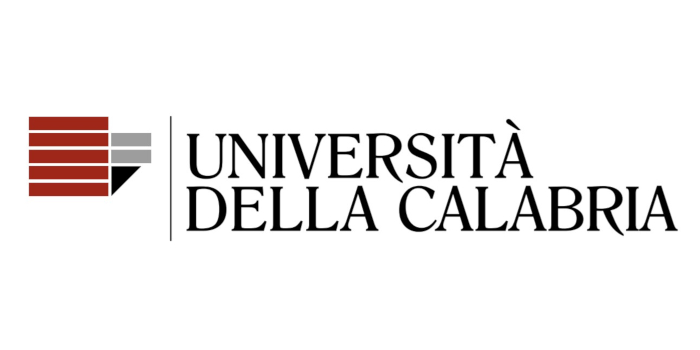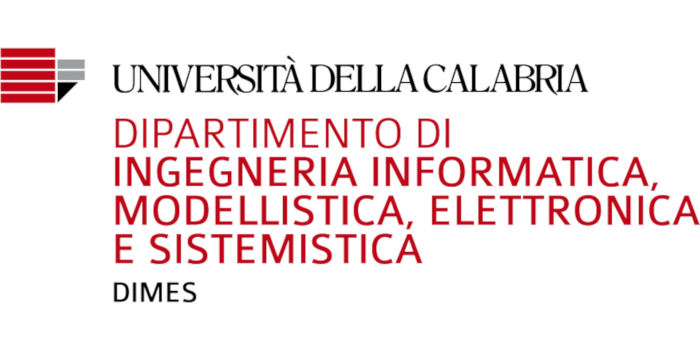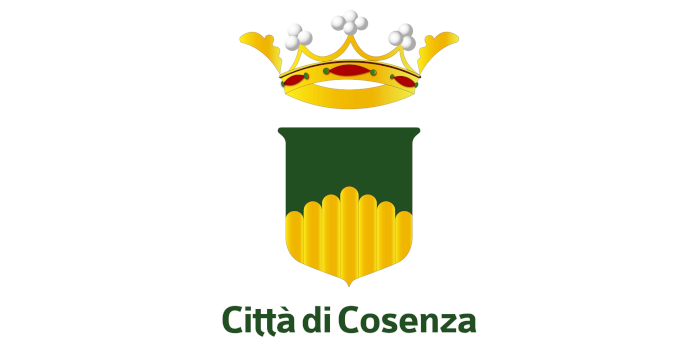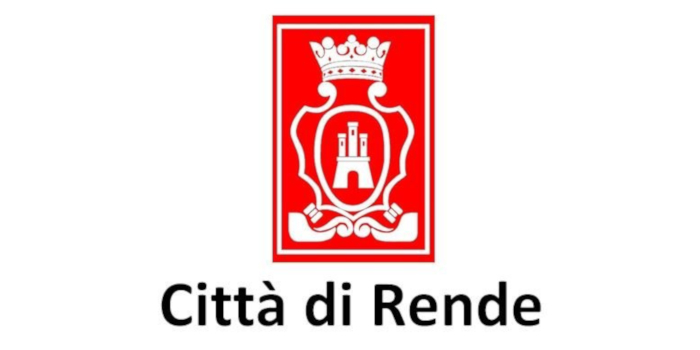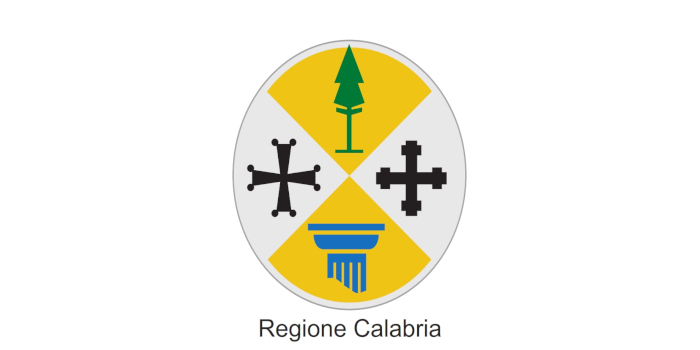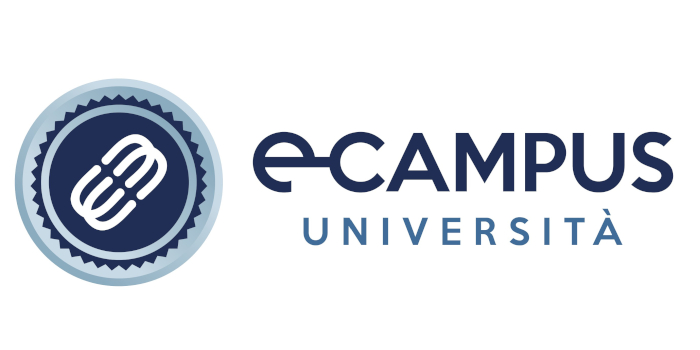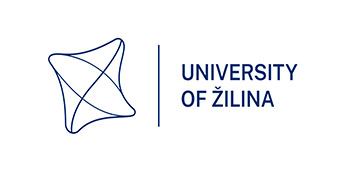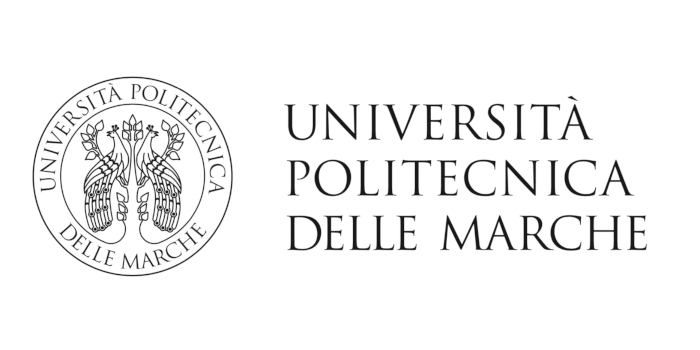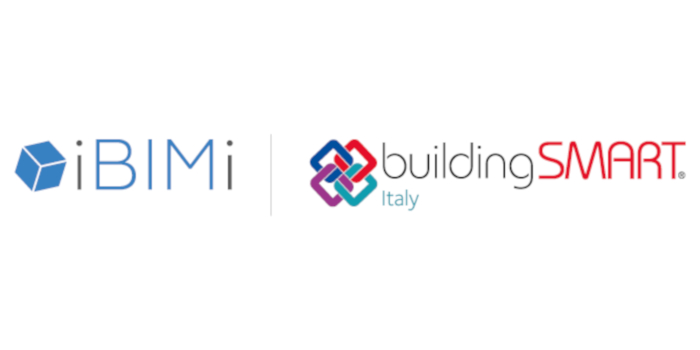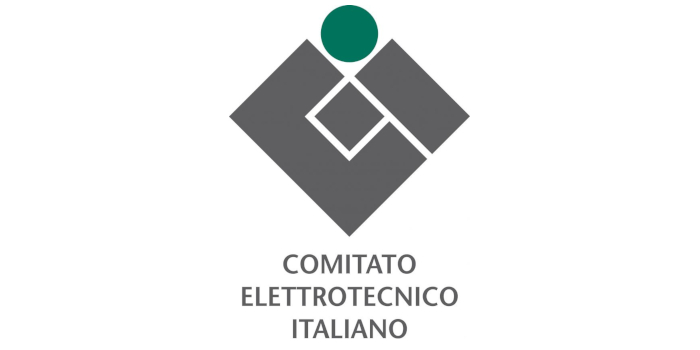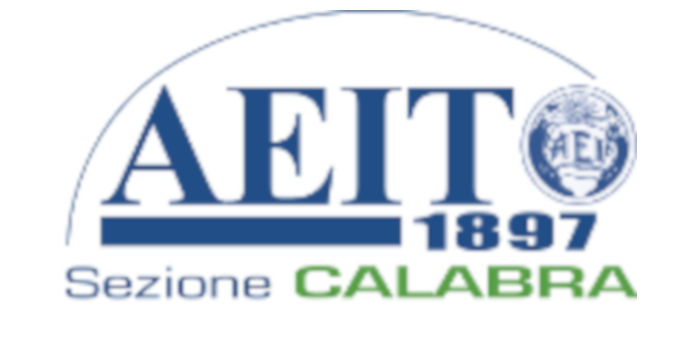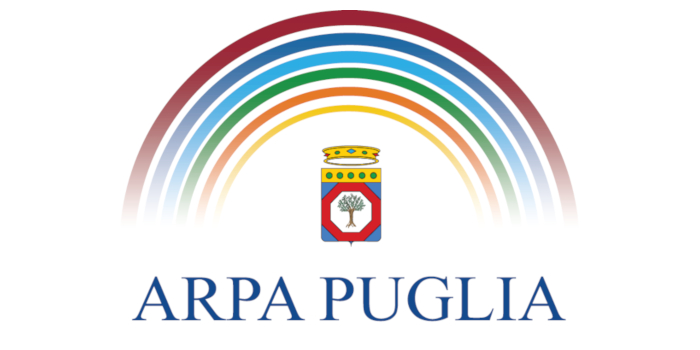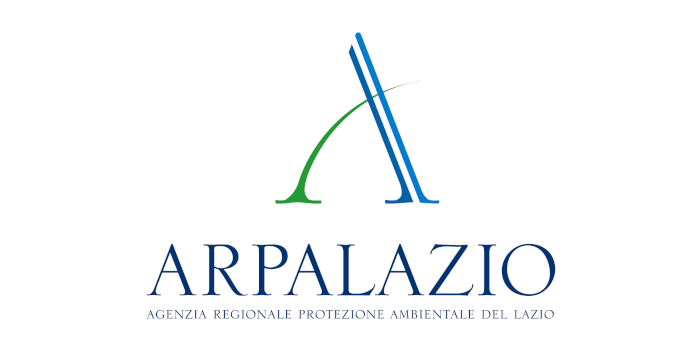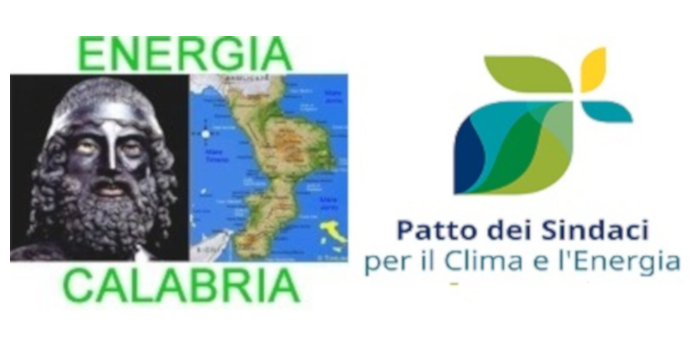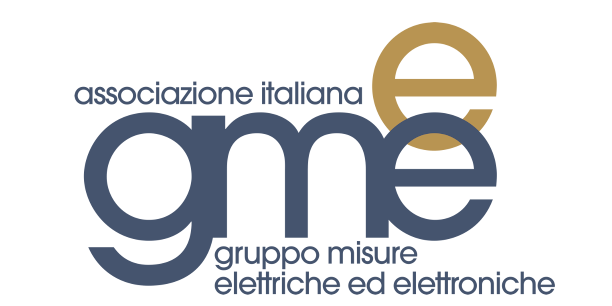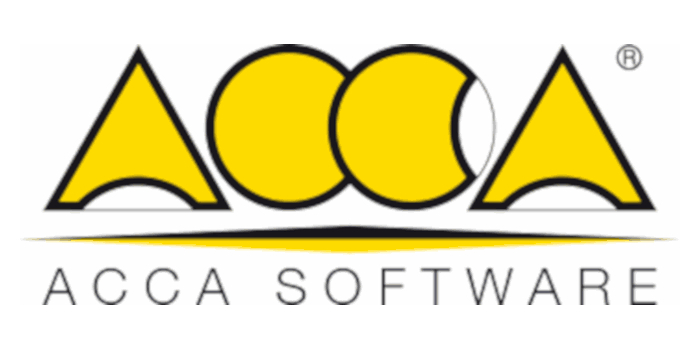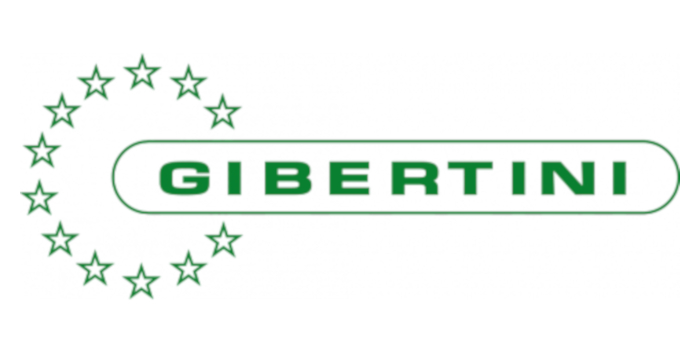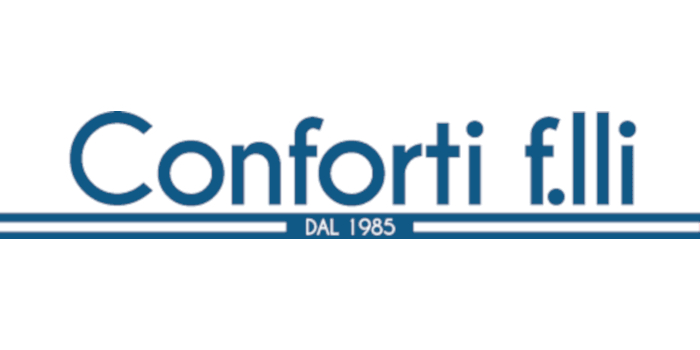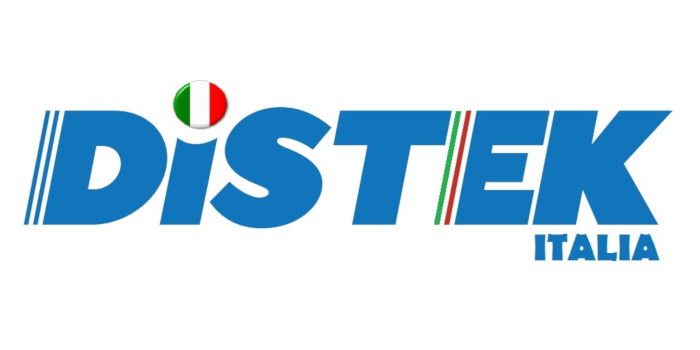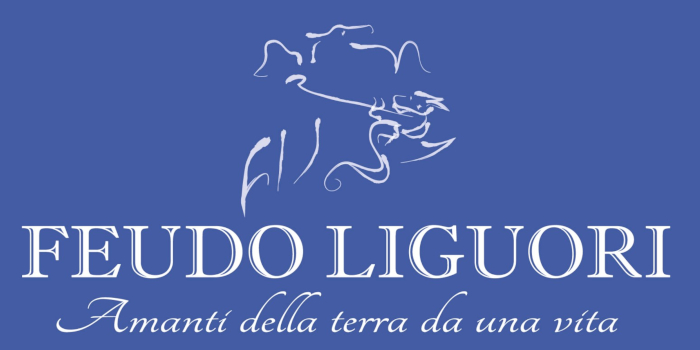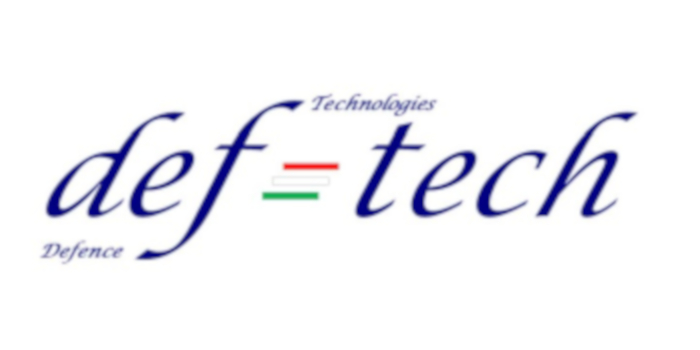Thermography and hyperspectral imaging for human health, building, and urban diagnosis
ORGANIZED BY

Stefano Laureti
Università della Calabria, Dept. DIMES
ABSTRACT
Thermography, both active and passive, is extensively used in a number of applications, ranging from human health monitoring to buildings' efficiency. This includes estimating the body temperature/temperature gradients from remote infrared measurements - a thing of utmost importance during the current COVID-19 pandemic - windows and roofs efficiency, moisture and water leakages assessment, as well as heat bridges and potential outdoor/indoor detachment diagnosis and identification, to mention some. Recently, portable thermal cameras have been also used in combination with Unmanned Aerial Vehicles (UAVs), e.g. drones, to further speed up the mentioned inspections and to cover extended spatial areas. Note that also relatively-cheap hyper- and multi-spectral cameras are available in the market and these have been used in combination with UAV for fast identification of urban lighting technologies and micro-climate assessment. The aim of this special session is thus to show recent advancements of the abovementioned research and applications trends, with a close look at advanced signal and image processing for thermography and hyper/multi-spectral based diagnosis.
ABOUT THE ORGANIZERS
Dr Stefano Laureti, has significant experience in Pulse-Compression (PuC) theory for Nondestructive Testing (NDT), coded signals, signal and image processing. He started dealing with PuC since B.Sc. thesis in 2011 at the University of Perugia, Italy. His first work on PuC was the optimisation of pseudo-orthogonal Chaotic Complex Spreading Sequences, i.e. a class of coded signal, and PuC in Multi-Input/Multi-Output Air-Coupled UT (AC-UT) imaging procedure. He then carried out also his M.Sc. thesis at Perugia, developing part of the thesis research activities at University of Warwick, Coventry, UK, within the “AIMLab” through ERASMUS TRAINEESHIP program. In the M.Sc. thesis, he designed and tested the features of different coded signals, i.e. Legendre sequences, MLS, Golay Code, linear and non-linear chirp signal for enhancing the SNR in AC-UT. In 2014, he was fully founded with a PhD grant from the University of Warwick and successfully carried out his PhD research activity on “Acoustic Metamaterials for Medical Ultrasound and Non-Destructive Evaluation” via a co-tutelle program with the University of Perugia. In this framework, coded signals and PuC were used to characterise the exotic behaviour of holey-structured acoustic metamaterials and phononic crystals for super-resolution acoustic imaging. During his PhD, he also had the chance to keep active in NDT research, applying PuC in UT for evaluating highly-attenuating materials such as thick polymers samples, concrete and steel forgings. He was then involved in Eddy Current (EC) testing, EC stimulated Active Thermography, Pulse-compression Thermography applied to cultural heritage diagnostic and composite for Non-Destructive Evaluation (NDE), Near Infrared (NIR) spectroscopy for polymer and food NDE, identification of non-linear systems by means of PuC, signal conditioning and post-processing for optimising PuC applications. He was also the Project Manager of the “NDTonAIR” project (Training Network in Non-Destructive Testing and Structural Health Monitoring of Aircraft structures) funded under the action H2020-MSCA-ITN-2016- GRANT N° 722134 for 3.8 million of Euro. He is currently a Researcher at dept. DIMES, University of Calabria, Italy, an Honorary Research Fellow within the School of Engineering, University of Warwick, UK and the recipient of several international awards for his research activities.


